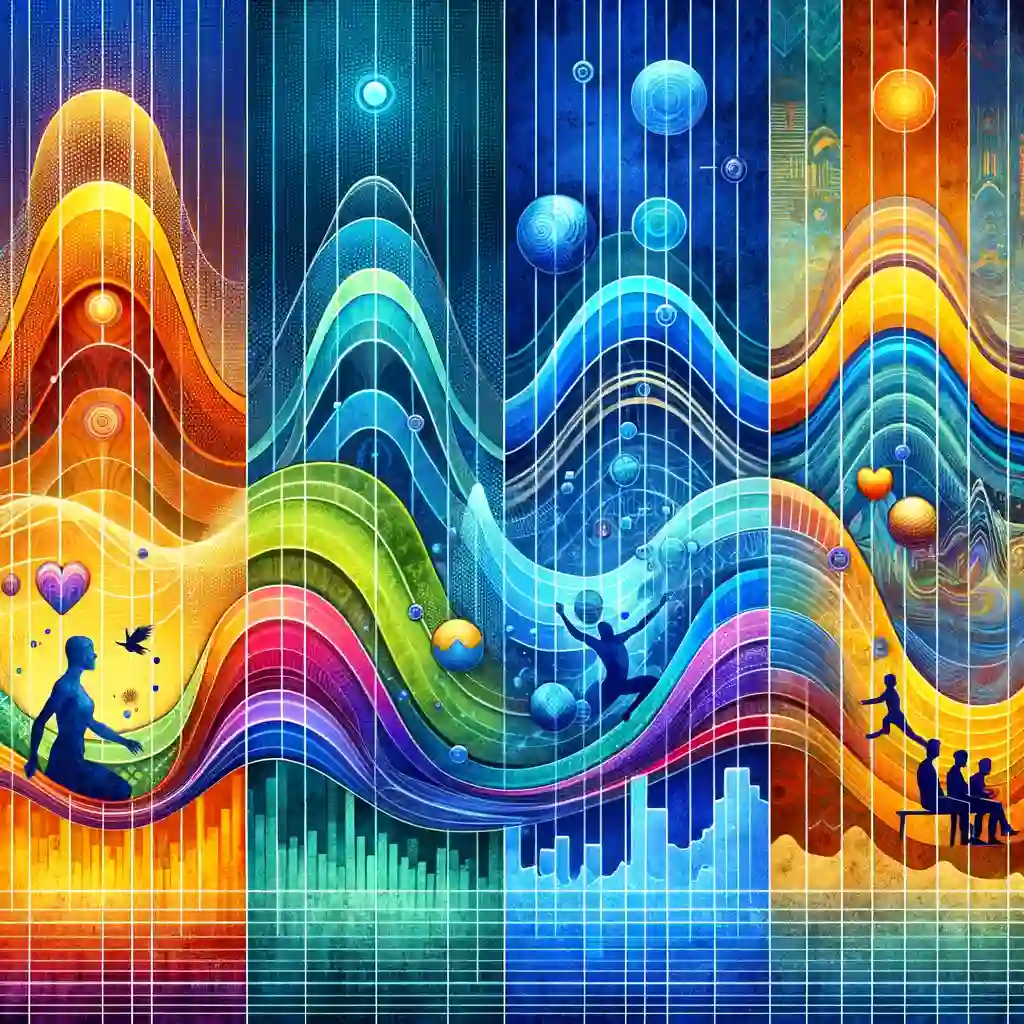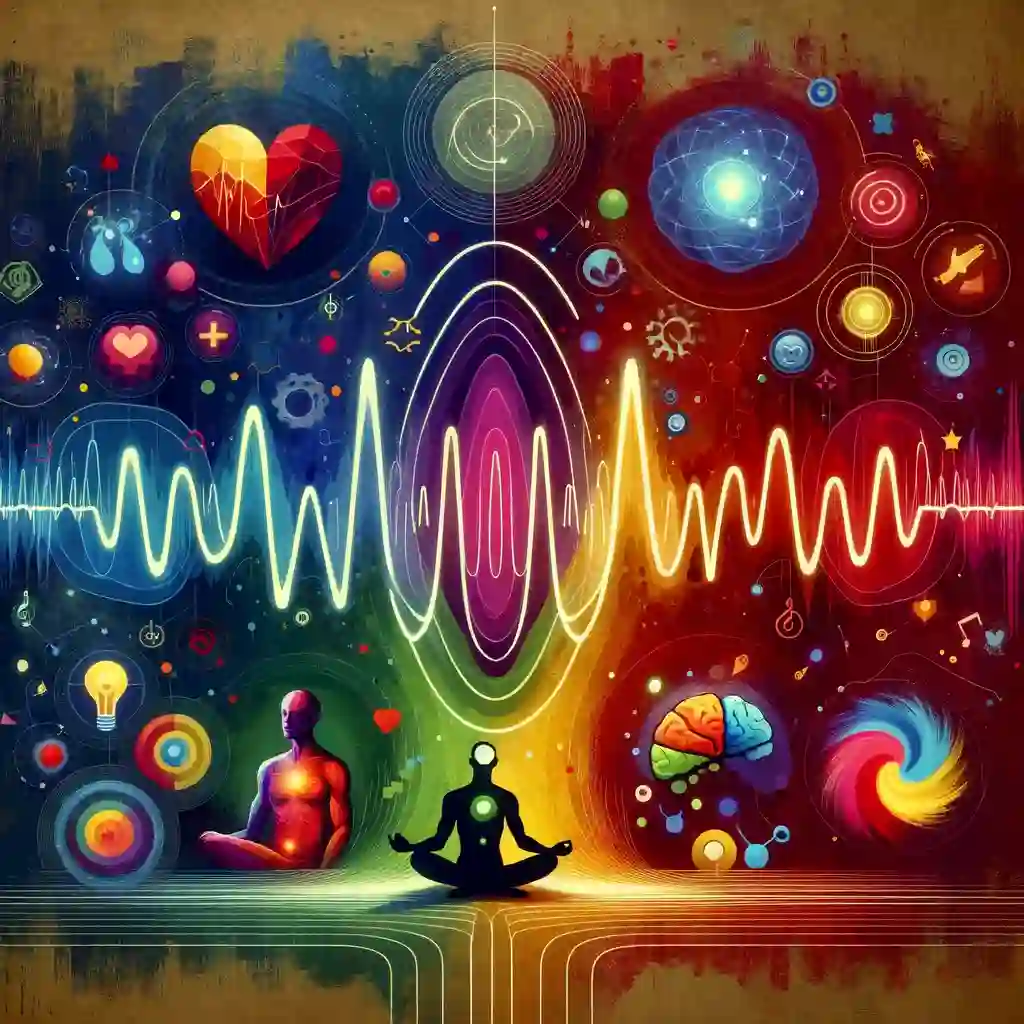In the realm of holistic wellness and self-awareness, the concept of biorhythm presents a fascinating lens through which to view our physical, emotional, and intellectual well-being. Biorhythms are inherent cycles that are thought to regulate various aspects of our personal life, influencing our health, behavior, and decision-making processes. This blog post explores the intriguing world of biorhythms, their origins, the primary cycles, and how understanding these natural rhythms can lead to a more harmonious and balanced life.
The Genesis of Biorhythms
The study of biorhythms traces its roots back to the late 19th and early 20th centuries, with initial research conducted by Dr. Wilhelm Fliess, a close friend of Sigmund Freud, and later expanded by Dr. Hermann Swoboda and Dr. Alfred Teltscher. These pioneers posited that human life is influenced by predictable rhythmic cycles, and understanding these patterns could enhance one’s ability to navigate life’s challenges.
The Core Cycles of Biorhythms
Biorhythms are typically divided into three primary cycles, each with its unique duration and sphere of influence:
- Physical Cycle (23 Days): Governs aspects of physical strength, endurance, resilience, and overall vitality. Peaks in this cycle might manifest as heightened physical energy and dynamism, while troughs could lead to feelings of physical sluggishness or decreased stamina.
- Emotional Cycle (28 Days): Corresponds to emotional stability, mood, creativity, and sensitivity. During high points in this cycle, one may experience increased emotional positivity and empathy, whereas low points might bring about emotional vulnerability or moodiness.
- Intellectual Cycle (33 Days): Influences cognitive functions such as analytical thinking, memory, alertness, and decision-making capacity. Peaks in the intellectual cycle can enhance mental acuity and problem-solving abilities, while troughs may result in a foggy thought process or indecisiveness.
Interpreting Biorhythm Charts
Biorhythm charts visually represent the fluctuations in the three primary cycles, plotting them on a graph that spans a specific period, typically a month. Each cycle oscillates between positive (above the baseline) and negative (below the baseline) phases, with a crossover point indicating a day of transition and potential instability. By analyzing these charts, individuals can gain insights into their personal rhythms and make informed decisions regarding activities, tasks, and emotional commitments.
Practical Applications of Biorhythms
Understanding and aligning with one’s biorhythms can have practical applications in various facets of life:
- Health and Fitness: Planning physical activities and rest periods in sync with the physical cycle can optimize performance and recovery.
- Emotional Well-being: Awareness of the emotional cycle can help in managing emotional responses and scheduling activities that require emotional resilience.
- Intellectual Tasks: Aligning tasks that demand high cognitive function with peaks in the intellectual cycle can enhance productivity and creativity.
Navigating Life with Biorhythm Awareness
While the scientific community remains divided on the empirical validity of biorhythms, many individuals find value in observing their personal cycles as a tool for self-awareness and well-being. By attuning to these natural rhythms, one can potentially navigate life with greater ease, making choices that resonate with their current state of physical, emotional, and intellectual energy.
Conclusion: The Rhythmic Dance of Life
Biorhythms offer a unique perspective on the ebb and flow of our daily existence, reminding us that we are intrinsically connected to the natural cycles that govern life. Whether one views biorhythms as a science, an art, or a blend of both, incorporating an awareness of these rhythms can foster a deeper understanding of oneself and contribute to a more balanced and harmonious lifestyle. In the ever-changing rhythm of life, understanding our biorhythms can be like finding the beat to which our personal symphony is composed, allowing us to dance more gracefully through the myriad experiences life offers.

